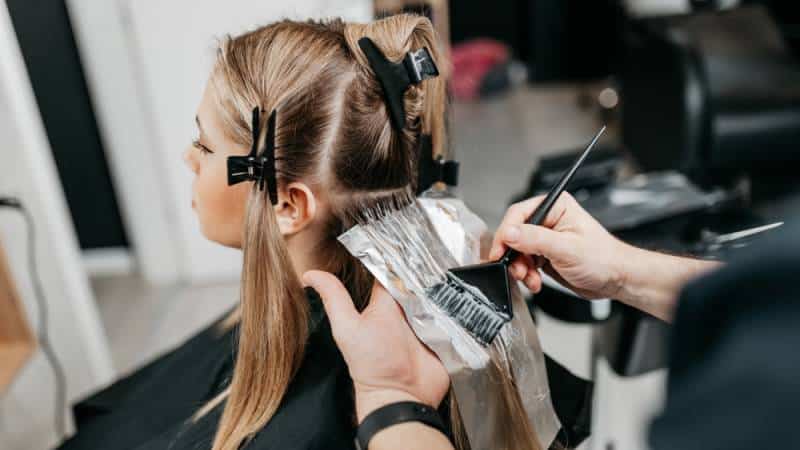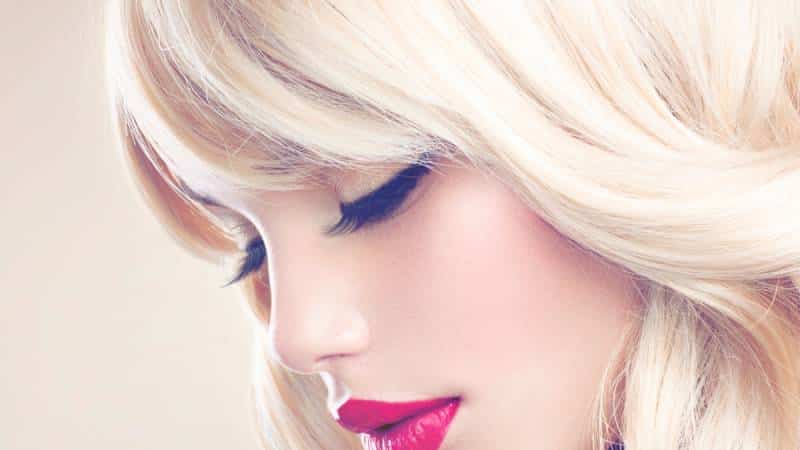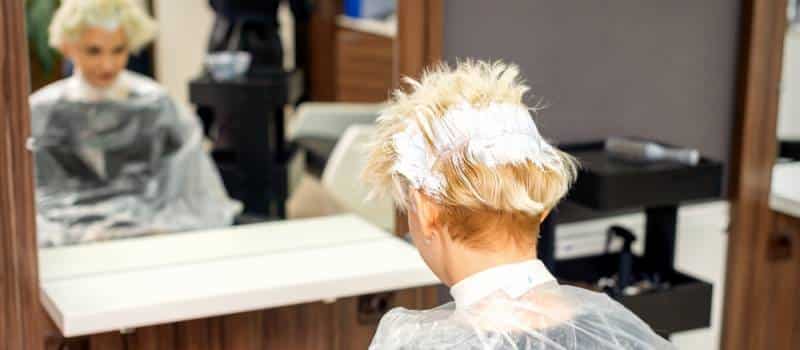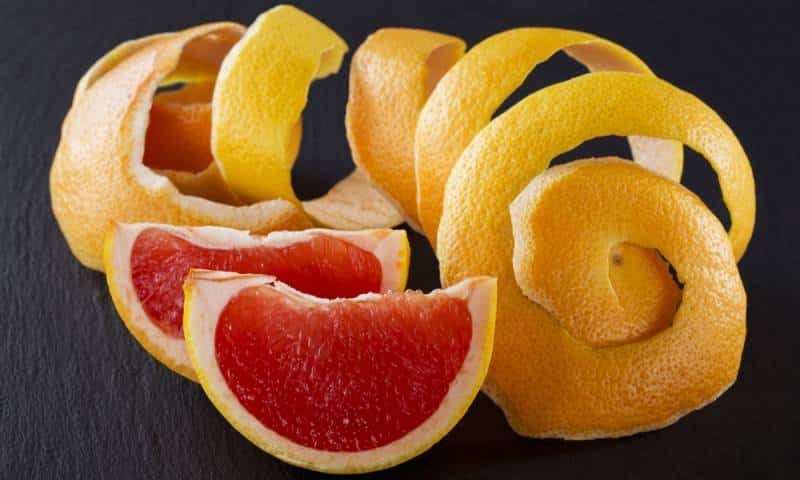Bleaching your hair can be a great way to change your look, but it’s important to take care of your scalp while you’re doing it. It is possible to damage your scalp if you’re not careful, so it’s important to follow some simple tips to protect it.
This post will show you how to protect your scalp when bleaching your hair. It’ll also give you some advice on how to heal a damaged scalp. Keep reading to learn more!
What is Bleaching and Why is It Bad for Your Scalp?
Bleaching is a chemical process that lightens your hair. The main ingredient in bleach is hydrogen peroxide, which can be damaging to your scalp if it’s not used properly.
When you bleach your hair, the hydrogen peroxide will work to break down the melanin in your hair. This can cause your hair to become dry, brittle, and more susceptible to breakage.

Does Bleaching Damage the Scalp?
There is some debate over whether or not bleaching your hair actually damages your scalp. Some people say that it can cause severe damage, while others claim that it’s no more harmful than any other chemical process.
There is no definitive answer, but it’s important to take precautions when bleaching your hair. If you’re worried about damaging your scalp, you can follow the tips below to protect it.
Why Do You Have to Protect Your Scalp When Bleaching?
The scalp is a very sensitive area, and it’s important to take precautions when bleaching hair in order to avoid irritation and other problems. Bleaching can cause dryness and scaling, as well as redness, itching, and burning.
It’s important to be careful when bleaching your hair, as it can damage your scalp if you’re not careful. Follow the tips below to help protect your scalp!

How Do I Prepare My Scalp for Bleaching?
To help protect your scalp, you should take some steps to prepare it before bleaching. This will help to minimize the risk of irritation and other problems.
Here are some tips for preparing your scalp for bleaching:
- Start by shampooing your hair with a clarifying shampoo. This will help to remove any build-up on your scalp that might prevent the bleach from working properly.
- To begin, make sure your hair is clean and dry. If your hair is wet or damp, it will absorb more bleach which can lead to uneven lightening.
- Put on gloves to protect your hands from the bleach.
- If you have long hair, tie it back into a loose bun or ponytail to keep it out of the way.
- If you have sensitive skin, you may want to apply a barrier cream or lotion to your scalp.
- Cover your shoulders with a towel or cape to protect them from any bleach that may drip down.
- Apply a deep conditioner to your hair and let it sit for about 20 minutes. This will help to protect your scalp and hair from bleach.
- Use a heat protector on your hair before you start bleaching. This will help to keep your scalp from becoming too dry or irritated.

How Can I Protect My Scalp When Bleaching?
There are a few things you can do to protect your scalp when bleaching your hair.
- First, it’s important to use good quality bleach. This will help to avoid damage to your scalp.
- Second, you should always use a conditioner after bleaching your hair. This will help to hydrate and nourish your scalp.
- Third, you can try using a scalp mask. This will help to soothe and protect your scalp.
- Fourth, you should avoid bleaching your hair too often. This can dry out your scalp and cause damage.
- Finally, make sure to follow up your bleaching session with a good-quality shampoo and conditioner. This will help to keep your scalp healthy and hydrated.
How to Choose Good Quality Bleach?
When choosing a bleach for your hair, it’s important to choose one that is of good quality. This will help to avoid damage to your scalp and hair.
There are a few things you should look for when choosing a bleach:
- Make sure the bleach is intended for use on the scalp. If it’s not, it could cause irritation.
- Choose a bleach that is of good quality. Avoid products that are made with cheap ingredients.
- Make sure the bleach you choose is gentle. This will help to prevent damage to your scalp and hair.
- When bleaching your hair, it’s important to be careful and take precautions to avoid damaging your scalp.
See Also: How to Get Hair Bleach Off Hands?

After the Bleaching Process
Once you’ve completed the bleaching process, it’s important to take care of your scalp. Here are a few tips on how to protect your scalp when bleaching:
- Avoid using hot water when washing your hair. This can cause irritation and dryness. Instead, use lukewarm water.
- Use a mild shampoo and conditioner. Avoid products that contain alcohol or other harsh chemicals.
- Use a soft towel to gently dry your hair. Avoid rubbing your hair too vigorously.
- Apply a moisturizing product to your hair, such as a leave-in conditioner or oil. This will help to keep your scalp and hair hydrated.
- Avoid using styling products that contain alcohol. These can further dry out your hair and scalp.
- Limit your use of heat styling tools. If you must use them, make sure to use a heat protectant product beforehand.
Treatment for Damaged Scalp: What Should I Do if My Scalp is Damaged From Bleaching?
If your scalp is damaged from bleaching, there are a few things you can do to help soothe and heal it.
Use a gentle shampoo and conditioner that is designed to be safe for damaged hair or sensitive scalps. You could also try using a scalp treatment or mask – these can help by adding moisture and nutrients.
Also, be careful of any items with harsh chemicals or odors, since they can irritate the scalp further. To assist keep the scalp hydrated and healthy, use a good moisturizer as needed.
With regular care and attention, your scalp will eventually heal from the damage of bleaching. In the meantime, following these tips can help you protect your scalp and keep it healthy.

Conclusion
There you know how to take care of and protect your scalp when bleaching. Be extra careful in doing the process and things will go well as you expect them.
Don’t be alarmed if something goes wrong, and don’t panic if you can’t fix the problem yourself. To prevent any additional harm, make regular scalp moisturizing a habit.
As a professional, I would highly recommend using a scalp mask at least once a week to keep your scalp healthy and hydrated. Take care!


